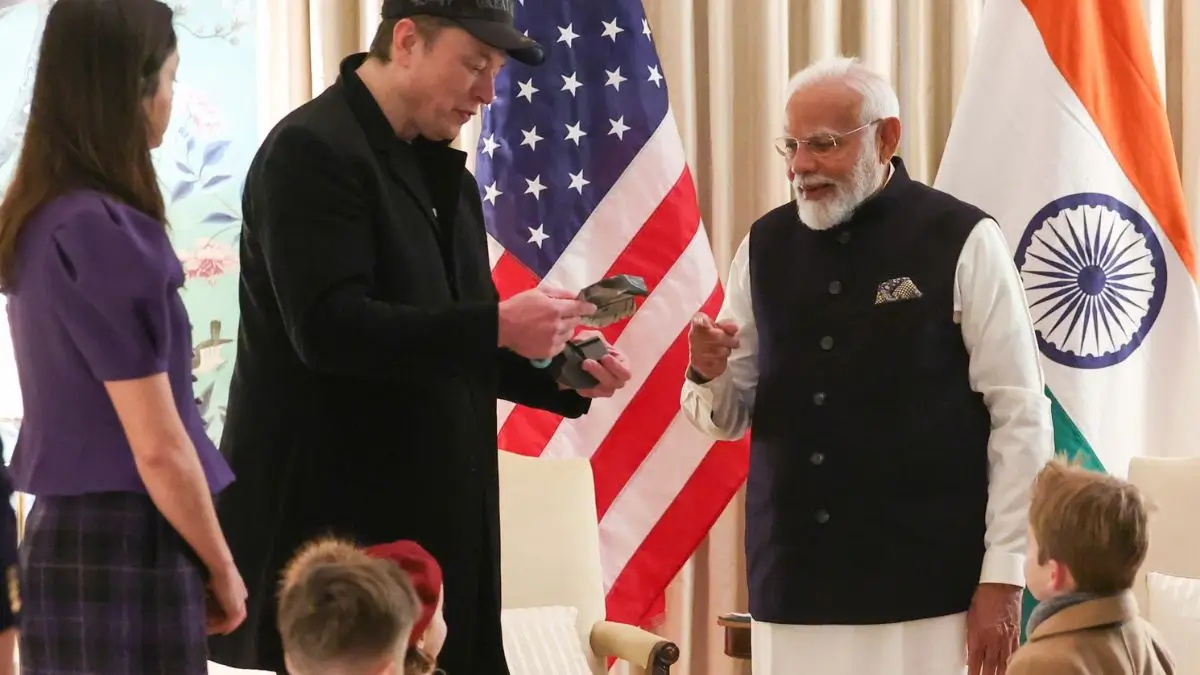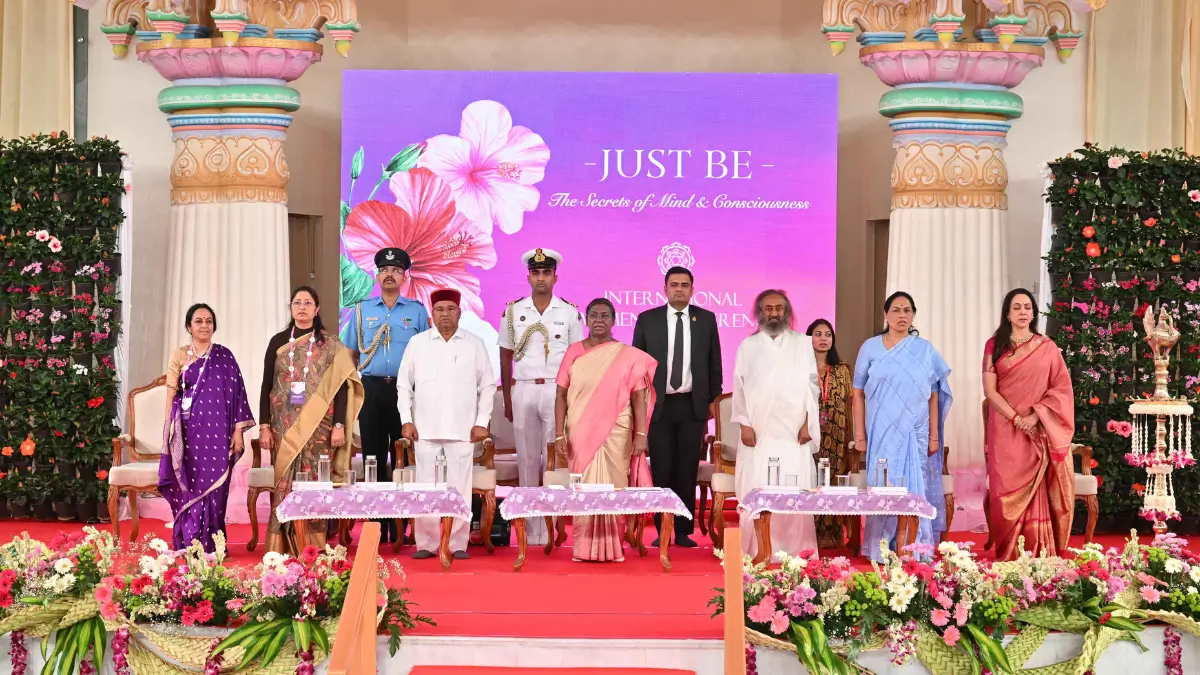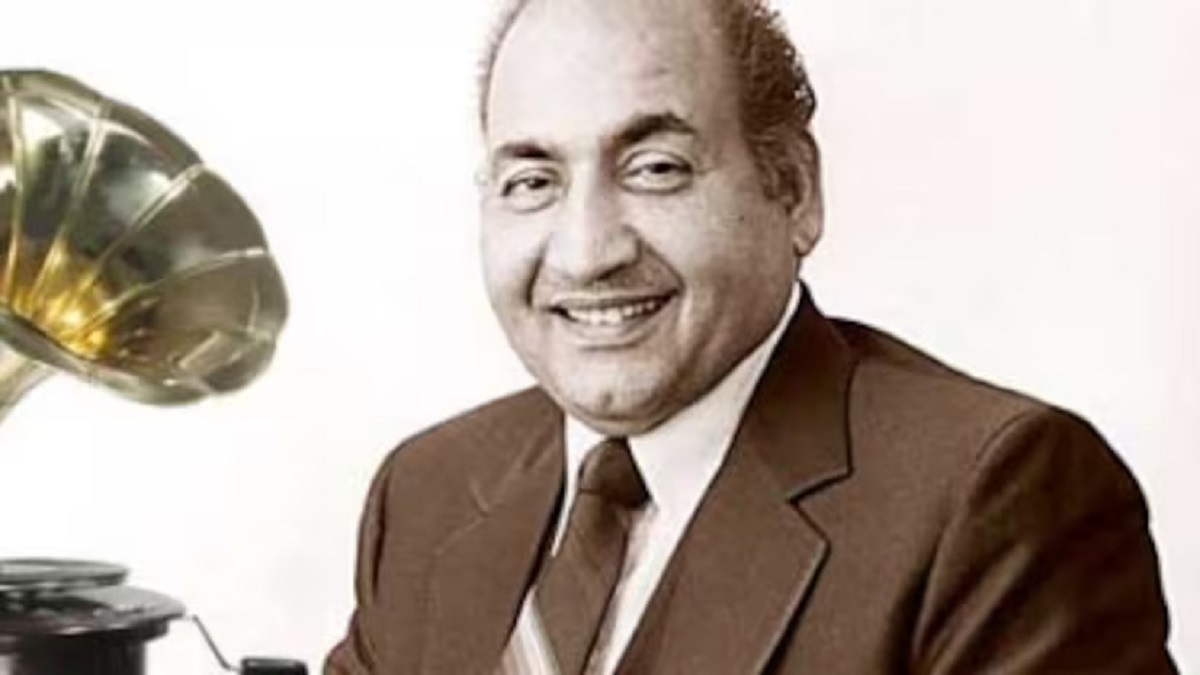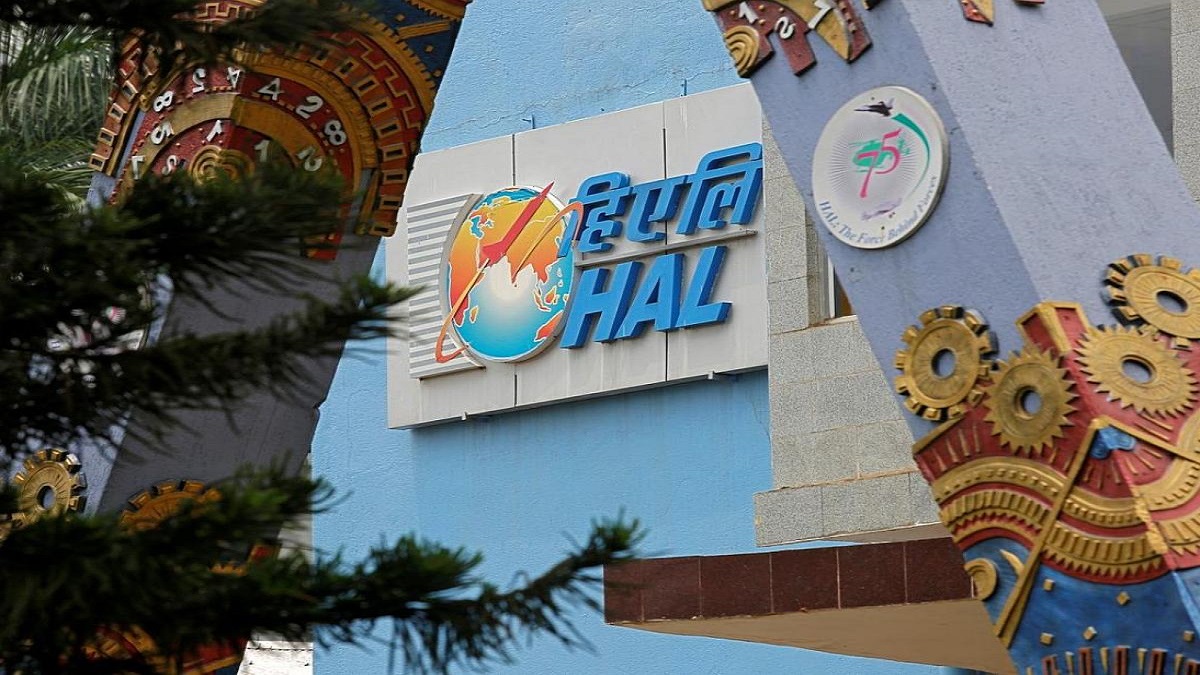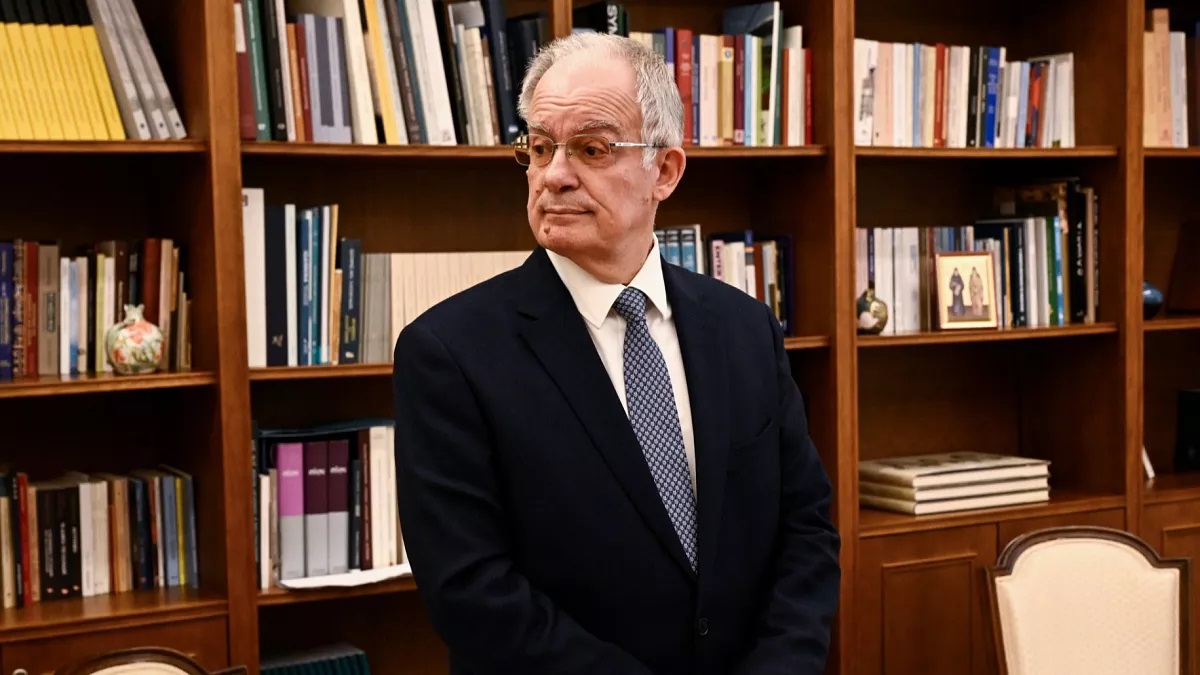Prime Minister Narendra Modi’s visit to the United States has laid the foundation for a stronger partnership between India and the US, emphasizing trade, defense, and strategic cooperation. The meeting with US President Donald Trump highlighted key areas of collaboration, aiming for economic growth and global stability. The visit marked an important milestone in the growing Indo-US relations, with agreements on trade expansion, defense deals, counterterrorism, and regional security.
How Will Indo-US Trade Relations Grow?
One of the major takeaways from the visit was the commitment to double bilateral trade to $500 billion by 2030. Both India and the US have agreed to strengthen trade partnerships in sectors like artificial intelligence, semiconductors, and critical supply chains for strategic minerals. This step is expected to reduce trade imbalances and create new economic opportunities for both countries.
India has also agreed to increase its purchase of US oil, gas, and military equipment, which will help in bridging the US trade deficit with India. Further, talks on tariff reductions aim to create a fair and balanced trade environment for businesses in both nations. The discussions are focused on ensuring long-term economic cooperation through trade policy reforms.
What Does the Defense Agreement Include?
A major highlight of the visit was the United States’ decision to sell F-35 stealth fighter jets to India, a move that significantly boosts India’s defense capabilities. This agreement places India among the select few countries that operate these advanced jets, strengthening its military preparedness.
The visit also confirmed a ten-year roadmap for defense collaboration, with potential plans for the co-production of jet engines and other military technologies. With billions of dollars in expected military sales, this partnership enhances India’s strategic position in the Indo-Pacific region. The report that this deal aligns with the US strategy to strengthen its allies in Asia against emerging security threats.
How Is the US Supporting India on Security Issues?
During the talks, President Trump assured India of his support in extraditing Tahawwur Hussain Rana, one of the accused in the 2008 Mumbai attacks. This move highlights the commitment of both countries toward counterterrorism efforts.
Additionally, both nations have agreed to enhance cooperation on intelligence-sharing and illegal immigration issues. The US has also reaffirmed its support for India’s stance on national security and territorial sovereignty, particularly in countering challenges in the Indo-Pacific.
A New Era in Indo-US Relations
The visit not only strengthened economic and defense ties but also positioned India as a key global partner of the US. The discussions on geopolitical matters, including China’s influence and the Russia-Ukraine conflict, emphasized diplomatic collaboration between the two nations.
In summary, the “MEGA Partnership” (Make India Great Again + Make America Great Again) symbolizes a deeper strategic alliance, paving the way for economic growth, technological advancements, and global leadership. With stronger trade commitments, advanced defense cooperation, and aligned geopolitical strategies, this visit has set the stage for a long-term Indo-US partnership that will shape global policies in the coming years.
Summary of the news
| Topic |
Details |
| Why in news? |
PM Modi’s US visit strengthened Indo-US ties in trade, defense, and security. Key agreements include a target to double bilateral trade to $500 billion by 2030, the sale of F-35 fighter jets to India, efforts to resolve tariff disputes, counterterrorism cooperation, and strategic alignment on global issues. |
| Bilateral Trade |
Target to reach $500 billion by 2030; focus on AI, semiconductors, and strategic minerals. |
| Defense Deal |
US to sell F-35 stealth fighter jets to India; includes a 10-year defense roadmap for co-production of military technologies. |
| Tariff & Trade Issues |
India to buy more US oil, gas, and military equipment; discussions on tariff reductions to balance trade. |
| Counterterrorism & Extradition |
US supports India’s request for the extradition of 26/11 accused Tahawwur Hussain Rana. |
| Geopolitical Alignment |
Focus on countering China’s influence in Indo-Pacific; talks on Russia-Ukraine conflict and global security. |
| India – US Defense Relations (Static) |
India is now among the select nations operating F-35 jets; strategic defense agreements aim to enhance military capabilities. |
| 26/11 Attacks (Static) |
Mumbai attacks (2008); mastermind Hafiz Saeed; accused Tahawwur Rana facing extradition request from India. |
| US President (Static) |
Donald Trump |
| US Capital (Static) |
Washington, D.C. |
| US Currency (Static) |
US Dollar (USD) |
| India’s AI & Semiconductor Push (Static) |
India aims to develop domestic semiconductor manufacturing and AI-driven industries with global partners, including the US. |


